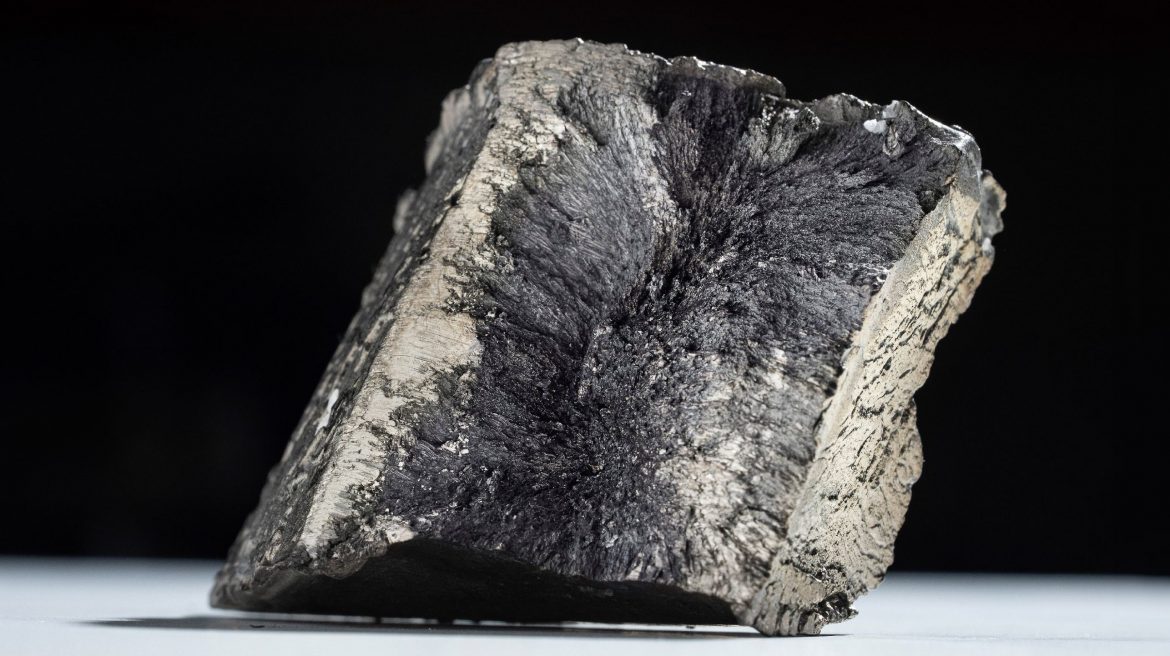In today's digital age, cell phones have become an indispensable part of our lives. From communication to entertainment, these devices have revolutionized the way we interact with the world. However, have you ever wondered what makes these smartphones so powerful and technologically advanced? The answer lies in the presence of rare earth minerals, a group of elements that play a crucial role in the functionality of cell phones. In this article, we will delve into the world of rare earth minerals and explore their significance in the realm of mobile technology.
- Understanding Rare Earth Minerals:
Rare earth minerals are a group of seventeen elements that exhibit unique magnetic, optical, and electronic properties. Despite their name, these minerals are not actually rare in terms of abundance in the Earth's crust. However, they are rarely found in concentrated deposits, making their extraction and processing a complex and costly endeavor. Some of the most commonly used rare earth minerals in cell phones include neodymium, praseodymium, and dysprosium. - The Role of Rare Earth Minerals in Cell Phones:
a. Neodymium: Neodymium is a key component in the production of powerful magnets used in cell phone speakers and vibration motors. These magnets enable the miniaturization of speakers without compromising on sound quality, providing users with a rich audio experience.
b. Praseodymium: Praseodymium is utilized in the production of capacitors, which are essential for storing and releasing electrical energy in cell phones. These capacitors help regulate power flow, ensuring stable and efficient performance of the device.
c. Dysprosium: Dysprosium is known for its high magnetic properties and is used in the production of cell phone screens. By incorporating dysprosium into the manufacturing process, manufacturers can enhance the color rendering and brightness of the display, resulting in vibrant and visually appealing screens.
- Environmental and Ethical Concerns:
While rare earth minerals contribute significantly to the advancement of cell phone technology, their extraction and processing have raised environmental and ethical concerns. The mining of these minerals often leads to habitat destruction, water pollution, and the release of harmful chemicals into the environment. Additionally, some mining operations have been associated with human rights abuses and unfair labor practices. As consumers, it is important to be aware of these issues and support companies that prioritize sustainable and ethical sourcing of rare earth minerals. - Future Outlook and Alternatives:
As the demand for cell phones continues to rise, so does the need for rare earth minerals. However, researchers and manufacturers are actively exploring alternative materials and technologies to reduce reliance on these elements. For instance, efforts are being made to develop more efficient recycling methods to recover rare earth minerals from discarded electronic devices. Additionally, advancements in nanotechnology may pave the way for the creation of new materials that can mimic the properties of rare earth minerals.
Conclusion:
Rare earth minerals are the unsung heroes behind the sleek and powerful cell phones we use every day. From magnets to capacitors and screens, these minerals enable the seamless functioning of our devices. However, it is crucial to address the environmental and ethical challenges associated with their extraction. By promoting sustainable practices and supporting innovation, we can ensure a future where cell phone technology thrives without compromising the well-being of our planet and its inhabitants.



